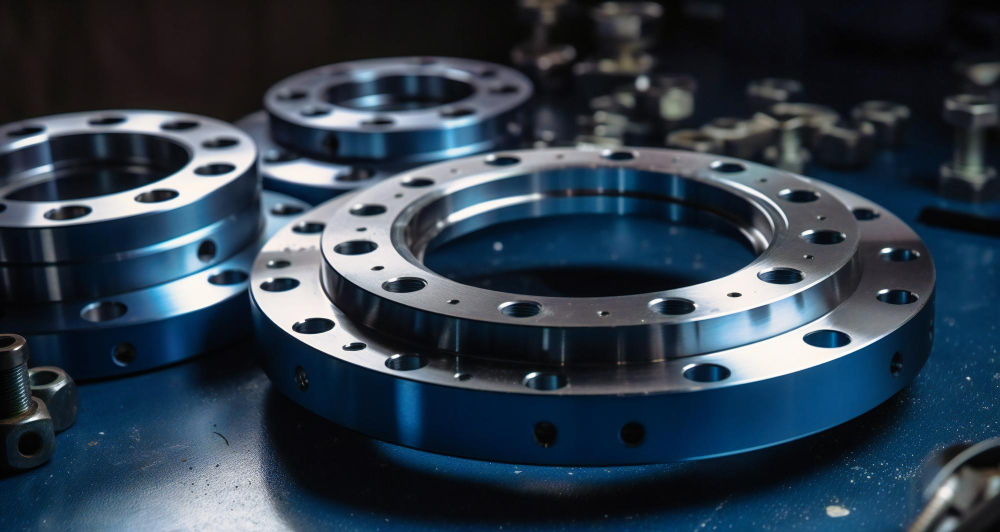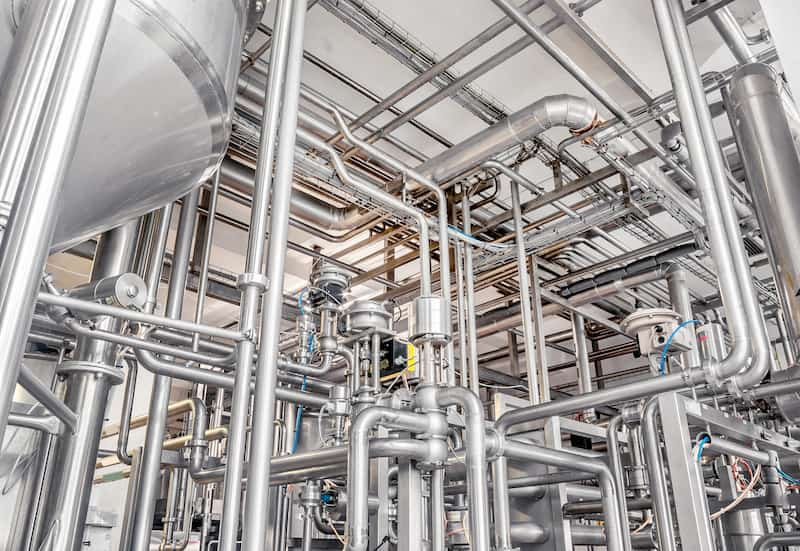
How To Choose The Right Camlock Coupling?
Overview: Camlock Fittings Guide
In our previous blog, we gave elaborative insights on ‘the complete guide to understanding Camlock Couplings’. Its types, uses and materials have already been touched in the former blog, therefore this section on Camlock pipe fittings, aims to focus on the practical and instrumental side of camlock fittings. Being the leading supplier of Quality Camlock Couplings, we’ve been asked a lot about ‘how to choose the right camlock coupling’ for different uses. In order to give a brief summary and understanding of the same, the article below shares some valuable insights.
Why do you need the right camlock fitting?
- Preventing Leaks: The correct camlock fitting is engineered to establish a secure and leak-proof link between hoses, pipes, or containers. This effectively prevents fluid or gas wastage and minimizes the potential for environmental contamination or workplace safety hazards.
- Ensuring Compatibility: Diverse industries and applications demand specific camlock pipe fitting types and sizes. Utilizing the appropriate fitting guarantees compatibility with the equipment and materials in use, facilitating a seamless connection.
- Operational Efficiency: Thoughtfully chosen quality camlock fittings optimize the transfer process, reducing downtime and enhancing overall operational efficiency. Their user-friendly design simplifies connection and disconnection, ultimately saving time and labour costs.
- Prioritizing Safety: An improper camlock fitting selection can result in accidents, spills, or leaks, endangering both personnel and the environment. Utilizing the right fitting is paramount in maintaining a safe work environment.
How to choose the right Camlock Coupling?
On your hunt to find quality camlock fittings, make sure you tick the ‘STAMPED’ rules:
S- Size
T- Temperature
A- Application
M- Material
P- Pressure
E- End fittings and connections
D- Delivery
How to measure a Camlock Fitting?
1.Define Your Application: Clearly outline the substances (fluids or gases) you intend to transfer and assess their compatibility with various materials (e.g., stainless steel, brass, polypropylene). Consider the specific temperature, pressure, and flow rate requirements of your application.
2.Selecting the Suitable Material: opt for a camlock coupling material that aligns with the nature of the substances you're handling. Common choices include stainless steel, aluminium, brass, or polypropylene. Factor in considerations such as resistance to corrosion, overall durability, and compatibility with the chemicals involved.
3.Sizing and Type Selection: Carefully choose the right size and type of camlock coupling to match your hoses, pipes, and equipment. Camlock pipe fittings are available in various sizes (e.g., A, B, C, D, E, F) and types (e.g., male, female, hose shank, threaded, or flanged). Ensure that both ends of the connection are fitted with couplings that match in terms of size and type for a secure and efficient connection.
4.End Configuration Clarification: Determine the desired end configuration for your application, be it male, female, or a combination of both. Additionally, decide whether you require camlock fittings equipped with threads, hose shanks, or flanges.
5.Consider Sealing and Gasket Materials: Pay close attention to the choice of sealing and gasket materials. Confirm their compatibility with your application and the type of fluid or gas being handled. Common gasket material options include Buna-N, EPDM, Viton, and PTFE.
6.Prioritize Safety Features: If safety is a primary concern, explore camlock couplings with added safety features, such as locking arms or levers, to prevent unintentional disconnections.
7.Emphasize Quality and Adherence to Standards: Make a point to select Quality camlock couplings from reputable manufacturers who adhere to industry standards. Look for certifications or compliance with recognized standards like ASTM, ISO, or API.
8.Budget and Cost Consideration: While staying mindful of your budget constraints, prioritize quality and compatibility over cost considerations. Investing in high-quality camlock couplings can prevent leaks, accidents, and costly downtime.
9.Evaluate the Application Environment: Assess the specific environment in which the camlock coupling will be deployed. Factors such as exposure to harsh weather conditions, chemicals, or abrasive materials may influence your final choice.
10.Seek Expert Advice: In cases of uncertainty regarding the ideal camlock coupling for your application, consult with experts or trusted suppliers specializing in fluid handling equipment. Their expertise can provide invaluable guidance and tailored recommendations.
Still need help?
Choosing the right fit for the right use can be overwhelming. During such times it is advised to seek out for professional help and consultancy in order to prevent any further mishaps. As Alkun Steel, we are the leading suppliers of quality camlock pipe fittings and therefore are your most credible and trusted ally.
Related Articles
Brass Vs. Aluminium Camlocks: Choosing The Right Material For Your Application
Read MoreExploring the expansion of steel production in GCC and other emerging nations
Read MoreHow Structural Steel Helped The Majestic Architectures Around The World - Part 3
Read MoreHow Structural Steel Helped The Majestic Architectures Around The World - Part 2
Read MoreHow Structural Steel Helped The Majestic Architectures Around The World - Part 1
Read MoreAllowable & Galvanized Iron Pipe Fittings – Trusted Name For All The Pipe Fitting Needs
Read More


































































































































































